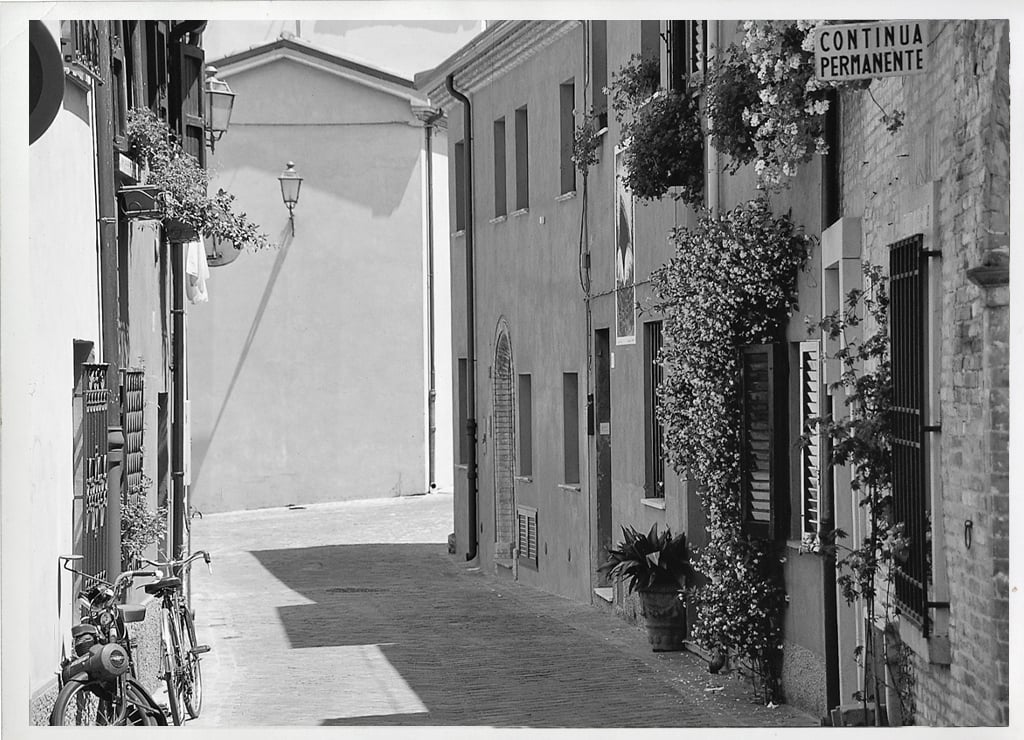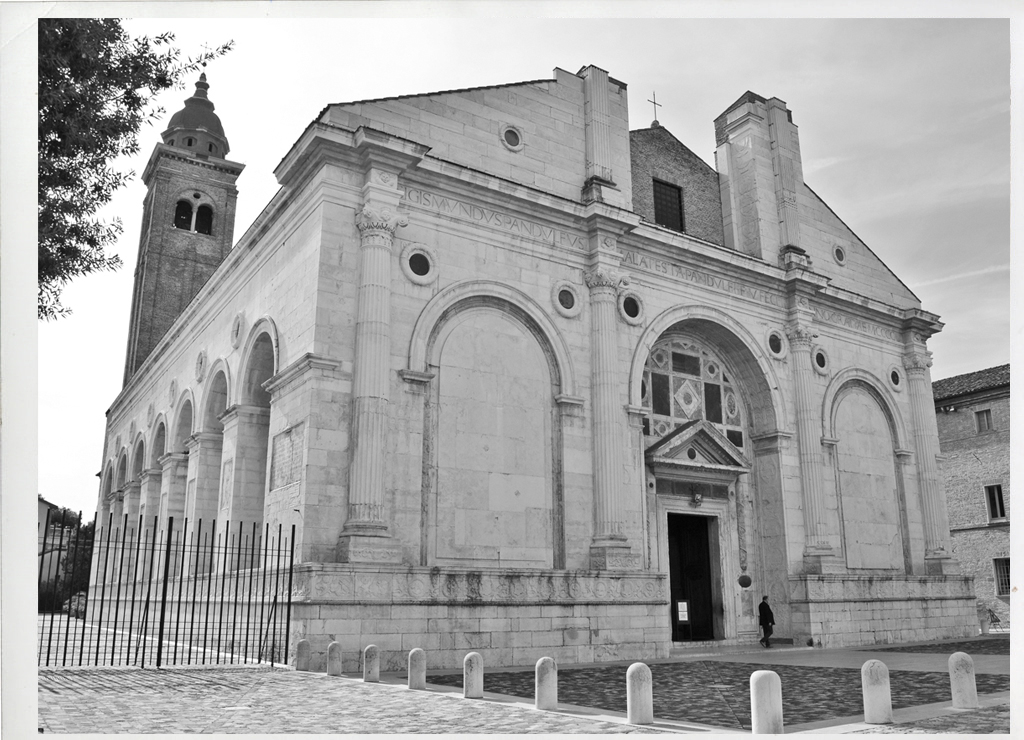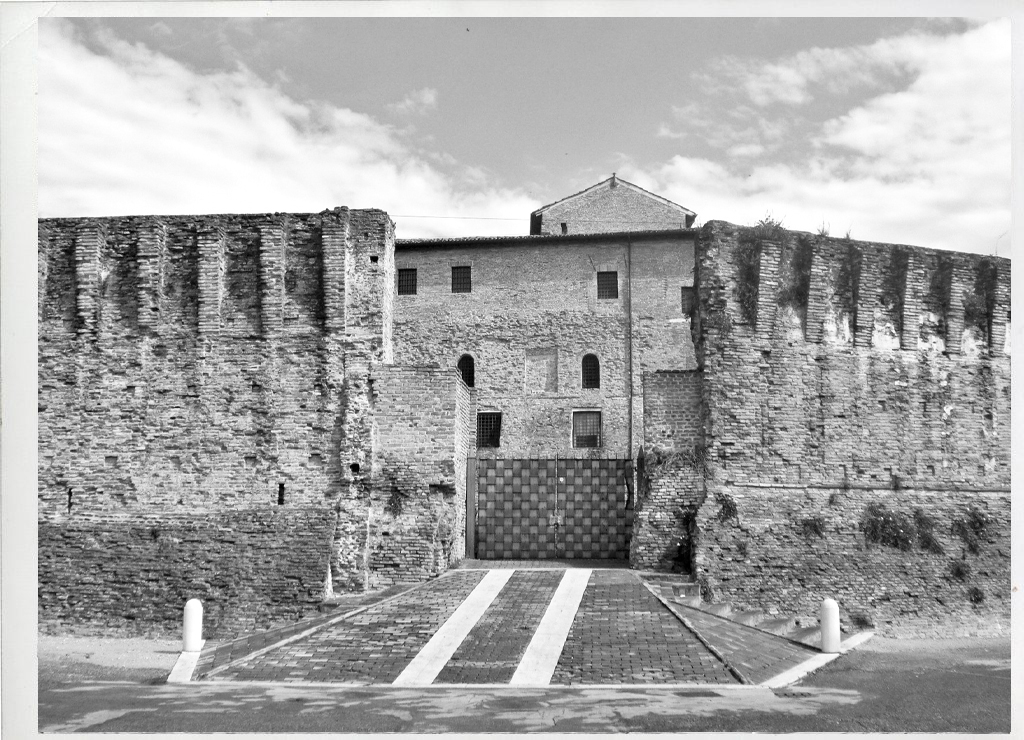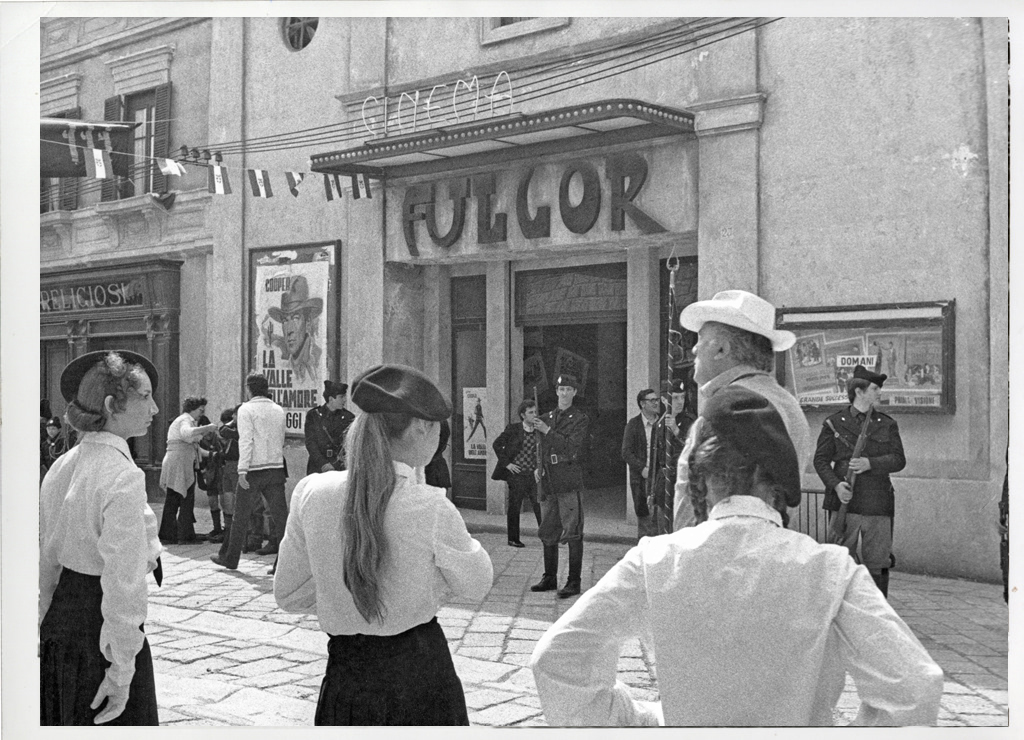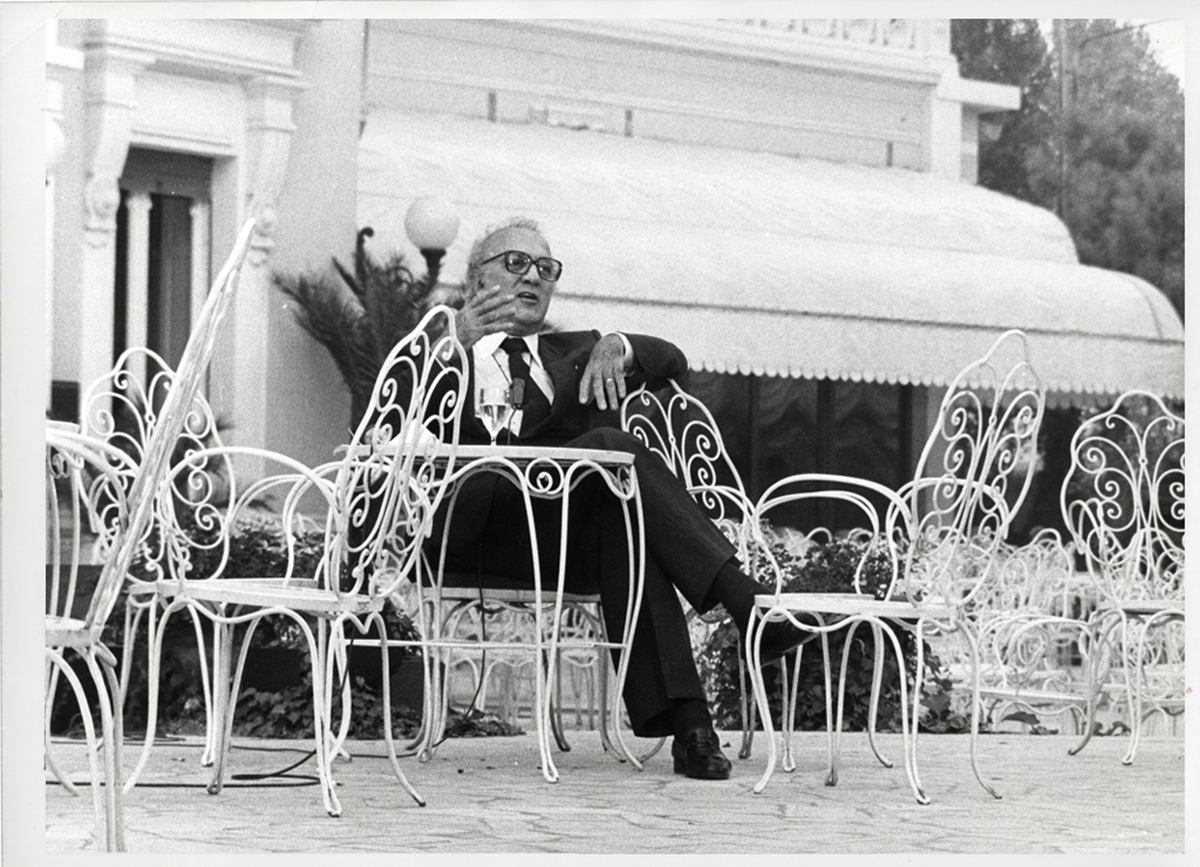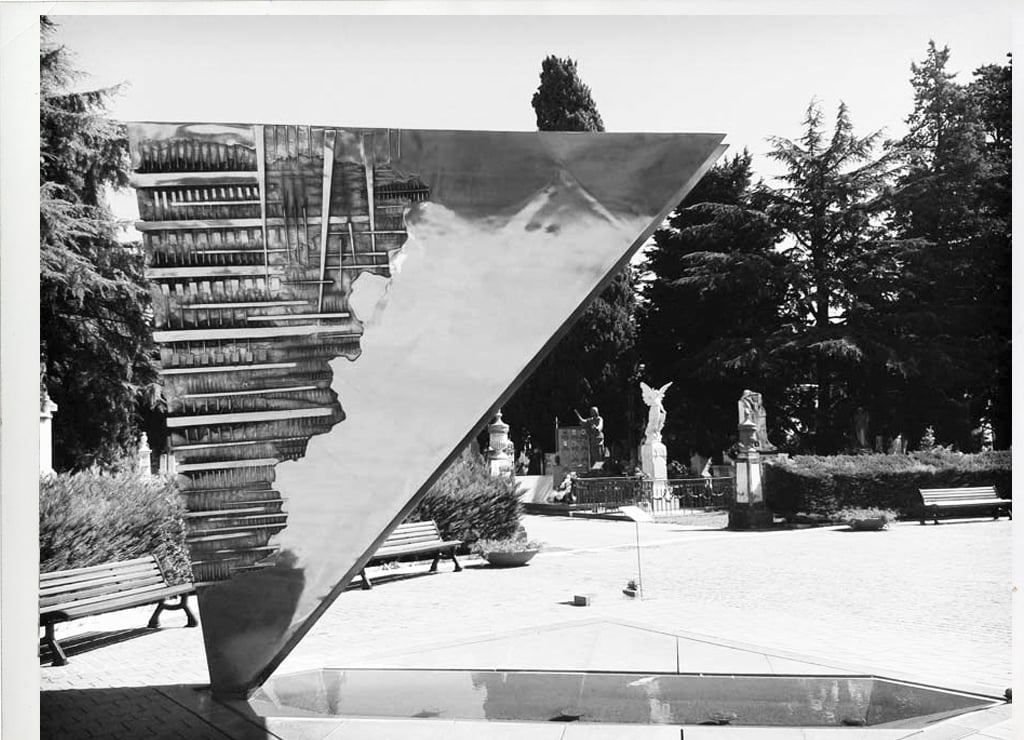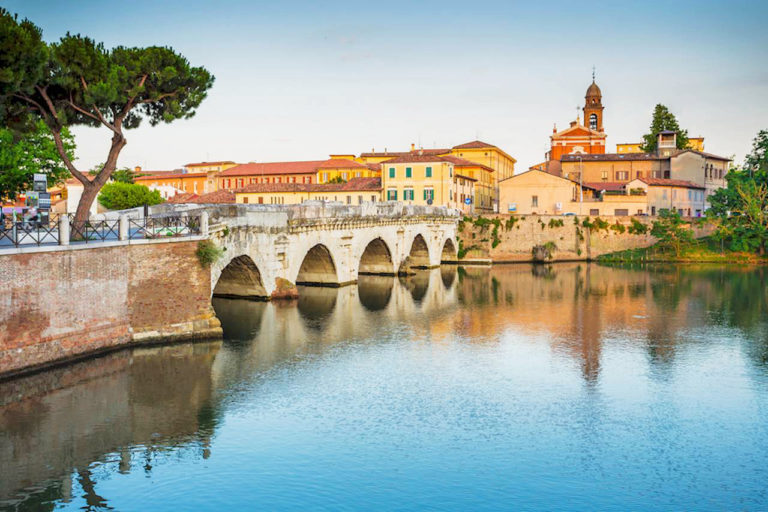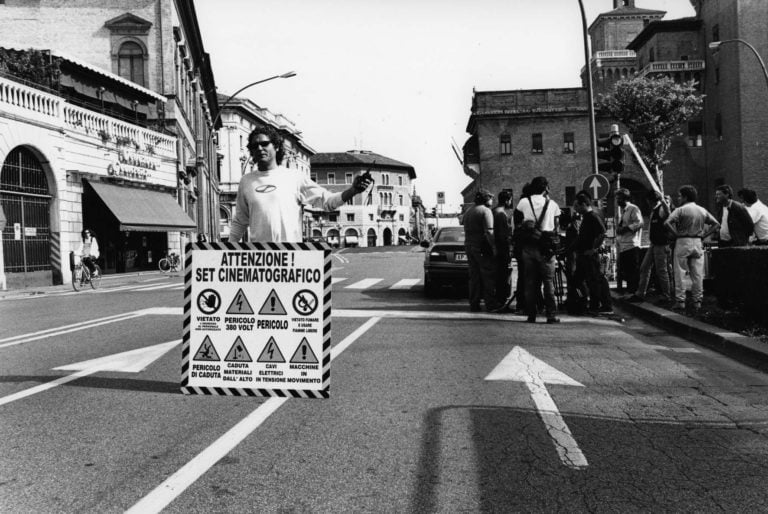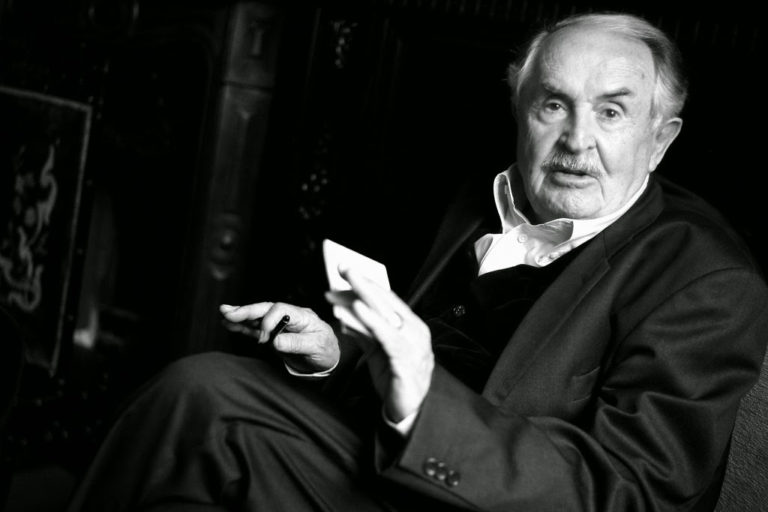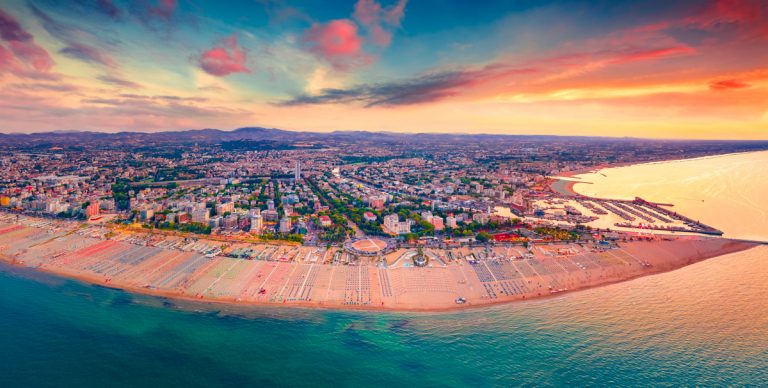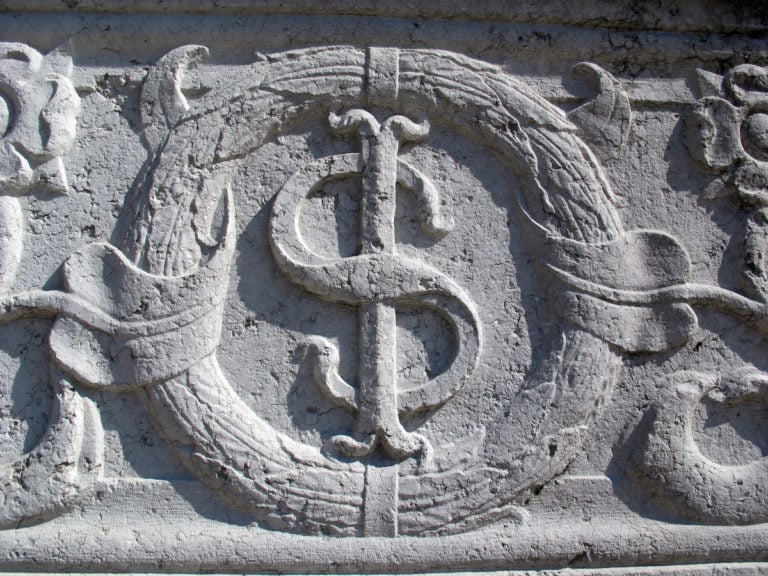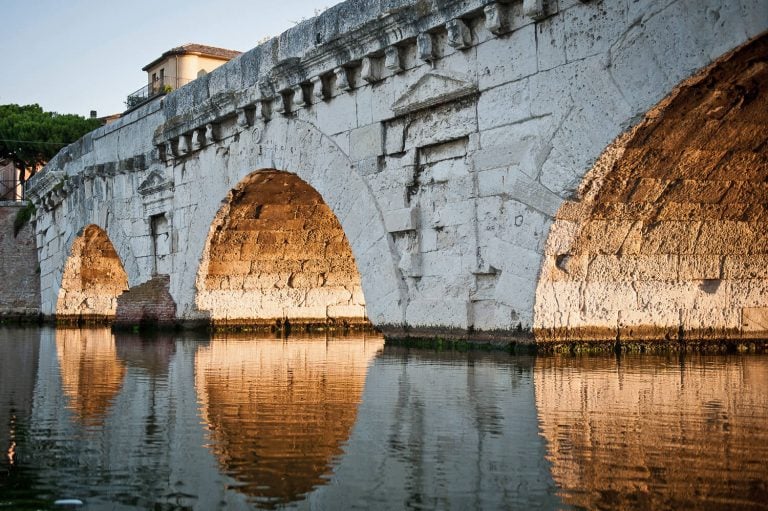
Time
24 h
Federico Fellini was born in Rimini in January 1920. Among dreams, sketches, caricatures and an extraordinary fantasy, he spent his adolescence in the city during the time of the Great War, which later influenced his film production.
Fellini had much to owe to Rimini, as the city shaped him, most of all in his dreaming nature. A symbiotic and controversial relationship, made of attraction and refusals, that the great director never stopped to bring on stage – indirectly –in his films.
Rimini has never been the location of any of his films, but the city was like an inspiring muse for him, mostly for what concerns places and experiences that shaped his production.
Going around Rimini, visiting the places that characterizes Fellini’s adolescence and the ones that are now dedicated to him, means going on a cultural journey into his expressive poetics and fully live all the scenarios that inspired him.
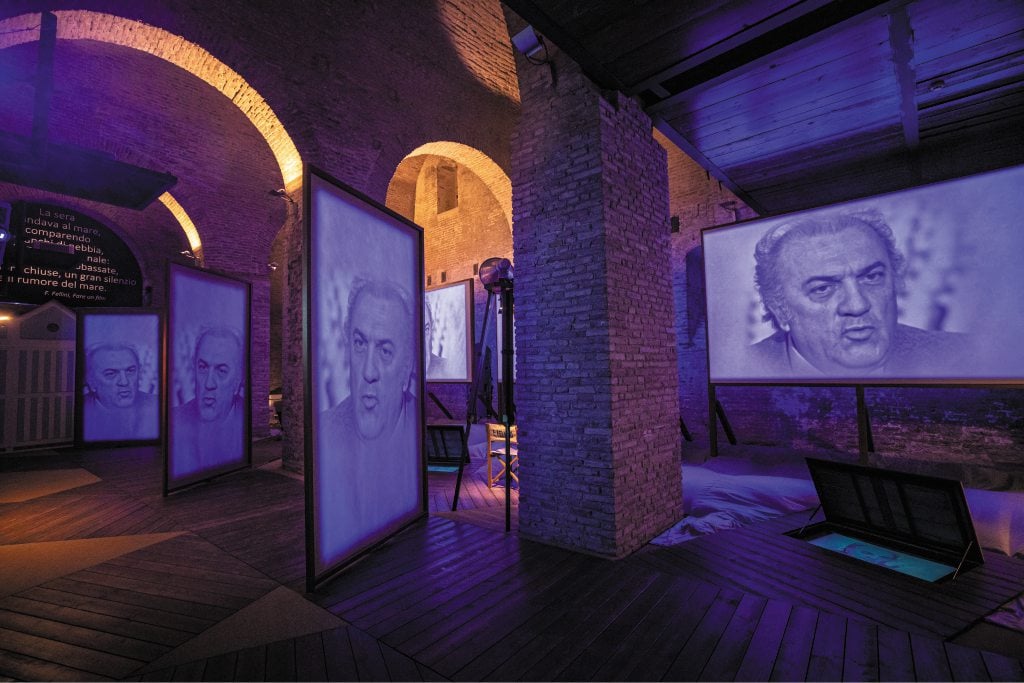
A must-see starting point today is the FM – Fellini Museum, the world’s largest and most innovative exhibition space dedicated to his genius and poetic legacy. Inaugurated in 2020 to celebrate the centenary of his birth, the museum spans three distinct locations: Castel Sismondo, Palazzo del Fulgor, and Piazza Malatesta.
Start from here and begin with your itinerary on the steps of Fellini with these 8 ½ steps around the city!
1st - Borgo San Giuliano
Recently renovated, this part of the city is an ensemble of little squares and streets whose atmosphere seems to be one of the opening scenes of The clowns…
Walk around the streets and you will discover many murals telling stories and scenes taken from the film.
Every two years in September, the neighbourhood – near the ancient Ponte di Tiberio – becomes the set of the famous Festa de Borg, on the occasion of which taverns and wine bars open their doors to everyone.
2nd - Tempio Malatestiano
This cathedral is one of the most famous monuments of the early Italian Renaissance, commissioned by Sigismondo Pandolfo Malatesta to Leon Battista Alberti.
Fellini used to enter here “when nobody else was around and the marble seats were fresh; tombs, bishops and medieval knights patrolled, protective and sinister, in the shadow” (Ritorno a La Mia Rimini, Federico Fellini, Guaraldi Editore).
In Via IV November, nearly in front of the Tempio, is FeBo, the art atelier that Fellini opened with painter Demons Bonini (the name comes from the first letters of their surnames). Here, a young Fellini drew his first sketches and sold his first portraits.
3rd - Monumento Della Vittoria
This monument, better known as Monument for the Victims of WWI, is located in Piazza Ferrari and was erected in the 20s.
“This is the monument of Victory, we went to see it every day... And I dreamt of it at night too!”, says Titta, Fellini’s double in Amarcord.
4th | Fountain “Della Pigna”
In Piazza Cavour, the very heart of the city, is the so-called Fontana Della Pigna (lit. the Fountain of the pine cone), named after the pine cone on top of the Carrara marble structure dating back to the half of the 16th century.
This fountain, reconstructed in Cinecittà for the shooting of Amarcord, is the place on which the great peacock flew after the fun scene of the snowball fight which also involved Gradisca.
5th - Sismondo Castle
Better known as Rocca Malatestiana, this fortress is the symbol of the power of the Malatesta House between the 14th and the 15th century.
Fellini revealed that one day, when he was a child, he escaped from home to join the circus, whose big top was in front of the Rocca, in the heart of the city.
He remembered that experience long time after, and used it as a source of inspiration for his film The clowns.
Today, the castle is the core of the Fellini Museum, the exhibition space dedicated to his figure and poetics.
6th - Fulgor Cinema
In the heart of the old Rimini was Cinema Fulgor in Corso d’Augusto 162. In this cinema, Fellini saw his first film as a child: Maciste all’Inferno, by Guido Brignone, as he recounted in his film Rome.
As a young adult, he often collaborated with the Fulgor for the production of posters, exchanging them with the possibility to enter for free at the screenings.
As he was shooting Amarcord, he decided to pay homage to the period in which he used to go to that cinema, bringing on stage a young Titta inexpertly approaching Gradisca, who was intent on watching a film.
Today, after a long series of restoration works, Fulgor has been brought back to his ancient splendour, with a rich programme of movies, festivals and retrospectives on various currents and periods of cinema.
7th - The port
Rimini’s promenade must have been a great source of inspiration for Fellini, and that’s why you cannot leave behind the port, which was the set of the winter walk in I Vitelloni (shot in Ostia but inspired by Rimini) and of Scureza’s motorbike tours in Amarcord.
8th - Grand Hotel
When Fellini was a child, the symbol of all his forbidden things and all his forbidden desires was the Grand Hotel, which he later put in various of his films.
After he became a successful director, he used to book suite 315, and lived this space as a cradle of ambitions and fears.
The Grand Hotel represented for him much more than a simple place where to spend the night. It was a world made of parties and dreams, whose dream-like atmosphere stimulated his fantasy and creativity.
“The Grand Hotel was the symbol of wealth, luxury, oriental splendour. When the descriptions I read in romances were not enough to create suggestive scenarios in my imagination, I recalled the Grand Hotel, as some little theatres that use the same background for all the situations” (La mia Rimini).
About 20 years after Amarcord was released – on 3rd August 1993 – Fellini was hit by a stroke while he was recovering from cardiac surgery in his beloved suite.
Today, not far from the Grand Hotel, you can take a selfie in front of Fellinia, the great hand-made camera realised by sculptor Elio Guerra in 1948.
1/2 - The monumental cemetery
The last stop of our journey is inside Rimini Monumental Cemetery in front of the “Grande Prua”, the tomb designed by artist Arnaldo Pomodoro where Fellini rests together with Giulietta Masina and the son Pierfederico.
Author

Davide Marino
Davide Marino was born archaeologist but ended up doing other things. Rational – but not methodic, slow – but passionate. A young enthusiast with grey hair
You may also like
Rimini in 3 minutes: Best Things to Do and See
by Davide Marino /// November 30, 2017
Tonino Guerra and his Romagna
by Davide Marino /// December 20, 2019

Interested in our newsletter?
Every first of the month, an email (in Italian) with selected contents and upcoming events.
Mysteries and legends of Rimini and surroundings
by Elisa Mazzini /// September 21, 2018
